The question is whether the feeding of bees is needed in the winter season, remains quite controversial. Many say that this is an excess measure that can only make worse. Therefore, we will look at what cases it is really necessary and how to make feeding.
Choice of feed
In most cases, feeding bees in winter is the direct cause of deterioration of living conditions and content in all the ulle. Ideally, the last feeding should be carried out in early September. Bees by this time have time to get caught and are already beginning to prepare for winter. Nevertheless, sometimes there are unforeseen circumstances when the feeding is considered rather as an exception from the rules. Initially, it is necessary to decide which families you will feed, then put them closer to the exit in your wintering.
In the matter of choice, the feed base will have to be as scrupted as possible. Food should not bother bees and cause them disorders of digestion. It also needs to give it extremely careful, so as not to disturb the hive and do not give the bees to fly out.
In most cases, feeding the bees for the winter is due to dense feed. They can be used almost in all conditions of wintering. Some of the most common types of food are sugar sweet, lollipop or feed dough.
Let's look at the main types of feeding, how to prepare them correctly and use.
Sugar sweet
Falkering bees in winter with sugar syrup or sweet is one of the most simple and practical options. To do this, you need to pour about one liter of water and put on the stove into the tinned copper or other (except for the cast-iron). Water should be heated, but do not boil. Now add two kilograms of sugar, mix thoroughly and bring to a boil. In this case, water needs to constantly stir. Such syrup should be well boiled, so it should be on fire for 20 minutes. At this time, it is also necessary to remove the foam, which is formed during boiling. Please note that the quality of the fondation also depends on the fire itself. He must capture as much as possible at the bottom of the pelvis. Check whether syrup is ready, you can easily: Just plunge into it and drop in cold water for a couple of seconds. A peculiar film is formed on the surface. If it can be easily removed and roll into a dense ball, it means that everything is ready. When the syrup is prepared, it is necessary to add about 500-600 g of honey and boil for another three minutes. Please note that after adding honey, the liquid will start boiled stronger, so stir it gently so that it will not be covered. You can at the same time to squeeze the fire.
If when conducting a test, the frozen syrup becomes too hard and cracks when you try to remove it, then you digested it. It's OK. Just add some water and a couple of minutes boil.
After that, the syrup must be made to cool to that temperature so that the container can be taken into hand, while not burning. After that, mix in one side with a wooden shovel until it turns into a homogeneous weight of white.
Store the mixture is needed in a wooden box covered with wax from the inside. Thanks to this, the fudgment does not redeem over time. In the role of covers, you can use waxed paper. If over time honey is formed on the surface, then the composition was prepared incorrectly or insufficiently mixed. Sometimes it may be if in honey initially contained a large amount of water. Therefore, for fudge, it is recommended to use the extext honey, razing it before adding to the main syrup.
If you have a suitable thermometer, you can measure the boiling point to be within 120 degrees, and when adding honey is about 112.
From the fondant cooled to the temperature of the pair milk, it is necessary to make small pellets with a thickness of up to 2.5 cm and weighing up to one and a half kilograms. After that, they wrapped in a gauze or a newspaper with the holes done and put on the frame over the Bee Club. Do not hurry to change the harder for the fond. Usually one such a tortilla is enough for a month or more. Therefore, it is necessary to change it only as eating.
Winter feeding bees Kandy
This sugar-honey dough is one of the best winter feeding for bees. To cook it, you need to do the following:
- Take 2 kilograms of sugar powder and pour a slide on a clean table.
- Make a small deepening in the center so that you have a kind of volcano semblance.
- Pour inside honey, dissolved at a temperature of no more than 45 degrees.
- Wooden spoon mix powder and honey to the maximum homogeneous mass, then knead your hands as ordinary flour dough.
- Check if the dough is sufficient enough. Take a lump in the sizes of the apple and put on the table. If it does not break out, it means everything is done correctly. If the composition is too liquid, you have to add more powder or mix more thoroughly.
- If you find noshematosis, you can add 2 grams of fumagillin per 1 kilogram of the test. But before this it needs to be diluted in warm water.
Buy sugar powder it is not necessary. To get it enough to grind or crowded into a mortar, then sift through the sieve. The most important thing is that the powder turns out to be soft and without major sugar particles. If you have no honey, instead you can use sugar syrup in the same quantity. Always watch the test in the dough there is no unsolved powder in lumps.
Ideally, the finished dough is pretty thick and dense, and the shaggy lump should not lose the form even after a few hours. But you should not use sugar dough all winter. The problem is that a significant part of the feed of the bee is not eaten and just scatter on the hive. Usually such feeding is used in a couple of weeks before the exhibition of bees. The method of supplying sugar test is exactly the same as sweets. The average feed dose at the same time is up to one and a half kilograms, and in order to prevent prevention, 0.5-1 kg should be given.
Sugar Ledges
For their preparation you need to take a metal pelvis, opened by enamel, or a boiler. Inside pour 1 part of warm water and 5 parts of ordinary sugar. Calculation can be taken both by weight and volume. All this needs to be put on a small fire and boil. In addition, during cooking it is necessary to add a couple of grams of citric or wine-eyed. Due to this, as a result, it is a lollipop, not a dry sugar lump.
The mixture should boil for about an hour. Sugar needs to be regularly stirred to avoid burning. Readiness You can check if you pull the blade from the solution to stirring. If the fluid becomes more viscous and stretches the threads, it means everything is almost ready.
The finished composition is poured directly from the container on the frame without pre-drying and cooling. The wire should be stretched on three rows. No less. To apply a liquid without additional hassle, lay on a flat table moistened paper, overcoat the frame and you can start pouring. After the lollipop cools and harden, the paper is easily removed.
Such frames are installed next to the Club to replace the lateral extreme frames. They can be simply removed. You can also put a lollipop from above, as described above. But in this case you will have to cover it additionally insulation. It is best to install a frame with the beginning of winter so that they are enough for the whole season, and you did not additionally disturb the bees in the future.
Other options for subcord
The following options are not so available and practical, but also have a place to be.
- Rafinated sugar. It is given in small pieces, pre-slightly smoem in water. Separate pieces are thrown into the gauze and leave under the canvas on the frame. In this case, you will have to watch every couple of days as bees will eat it. Over time, lumps dry and need to re-wet them, but so as not to disturb much bees.
Unfortunately, such a feeding is far from the best. All the time you have to visit the hives, and the bees in winter it is not recommended to touch.
- Crystal honey. Quite a good way to fatten in the winter. But in this case, honey should be "saboty", and not grainy. Otherwise there will be a large amount of waste. Suitable honey must be wrapped in several layers of gauze and put under canvas.
- Liquid feeding. It can only be applied at the end of winter and at the beginning of spring. The temperature in the procession in this case should be no lower than three degrees and not higher than five. Such a sire should be thick and even viscous. Sugar is divorced by water in a 2: 1 ratio or even 3: 1. After it is swing, it should be cooled to a temperature not lower than 25 degrees and serve in honeycombs or feeding banks. This method is quite convenient because it eliminates the need to regularly disturb the bees. In addition, it can be used even in the warm season not only in the hives, but also in adapted premises.
If you plan to give feeding in banks, they need to be tied up with gauze in 4 layers, then flip upside down and install on the frame under the club. We also recommend that you warm the cans so that the syrup is not cooled as longer as possible. One liter canol grabs about a month. We do not recommend changing it more often. Giving less than one or more than two liters of syrup - not the best idea.
General Tips and Recommendations
- The feeding in the wintering should be carried out only at temperature indicators not lower than 2 degrees of heat. This is an extreme bottom plank. With even lower temperatures, the bee simply will not take food.
- If the feeding is difficult because of the low temperature, the selected families are necessary to transfer to the insulated room with a temperature of about 25 degrees. With such an increase in the temperature of the bee quickly activate and take food to the fullest. At the same time, the upper and lower letters during the transfer must be temporarily open. The transferred families in warmth hold bags, after which they carry back to the wintering and bring the following family.
- From hunger, bees can be frozen and not to file signs of life. If only a couple of days have passed since this moment, they can be revived. For this, the family needs to be taken into a good warm room, open the hive and sprinkle with liquid fed on the sitting and lying at the bottom of the bees. After that, in the hive, you need to install a couple of honeymills and leave bees alone. Already after a few hours, the bees are activated, they begin to buzz and eat feeding. After that, the hive can be transferred back to the wintering and open the pilot.
- Undercalinking bees in winter honey should occur on strict rules. Both in terms of preparation and in the feed question. The wrong approach can cause the death of the whole family in a rather short period of time.
- If you are watching anxiety in one of the families, or all bees are noticeable with digestion, all the hive is recommended for a while on the heated room, check the condition of the feed used and, if possible, eliminate the source of the problem. Sometimes there is a need to transplant the whole family in a new hive and transfer back to the wintering.
- Any work in winter, related to the opening of the hive, always negatively affect the state of the whole club. Therefore, it is necessary only in case of extreme need. If the temperature is lowered below zero or bees in winter in the wild, they must be left alone until heat. They need peace.
We invite you to familiarize yourself with the video about the winter feeding bees.


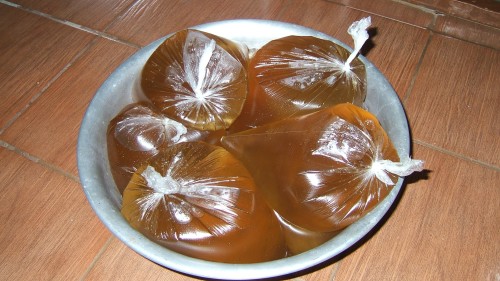
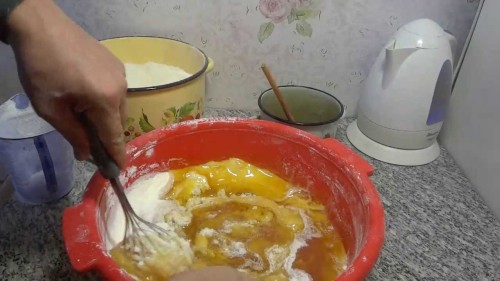
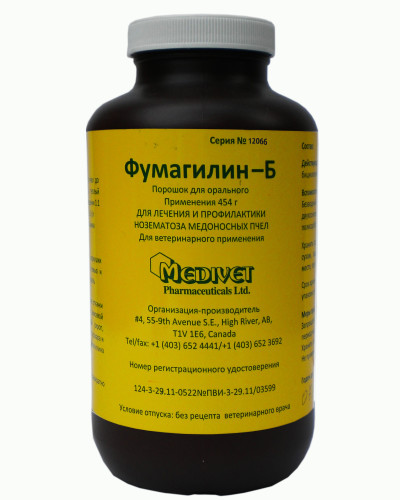
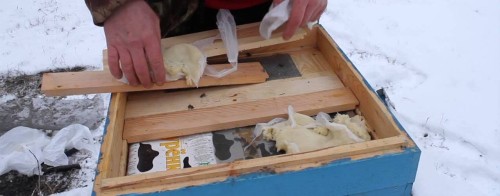
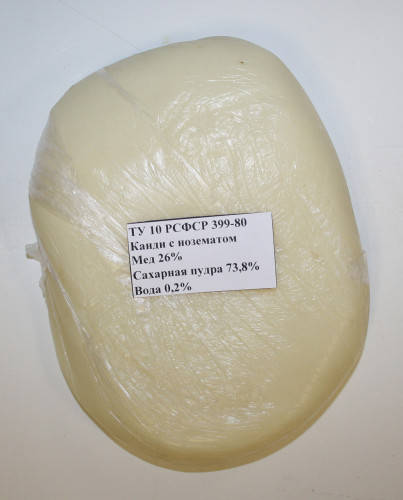
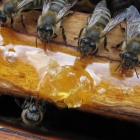
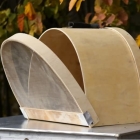
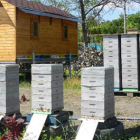
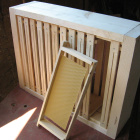
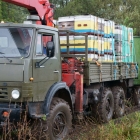
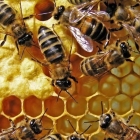
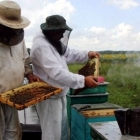
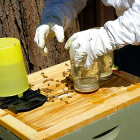
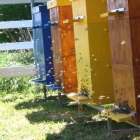
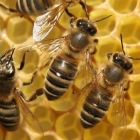
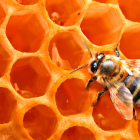
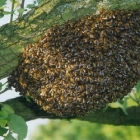
 Start a discussion ...
Start a discussion ...